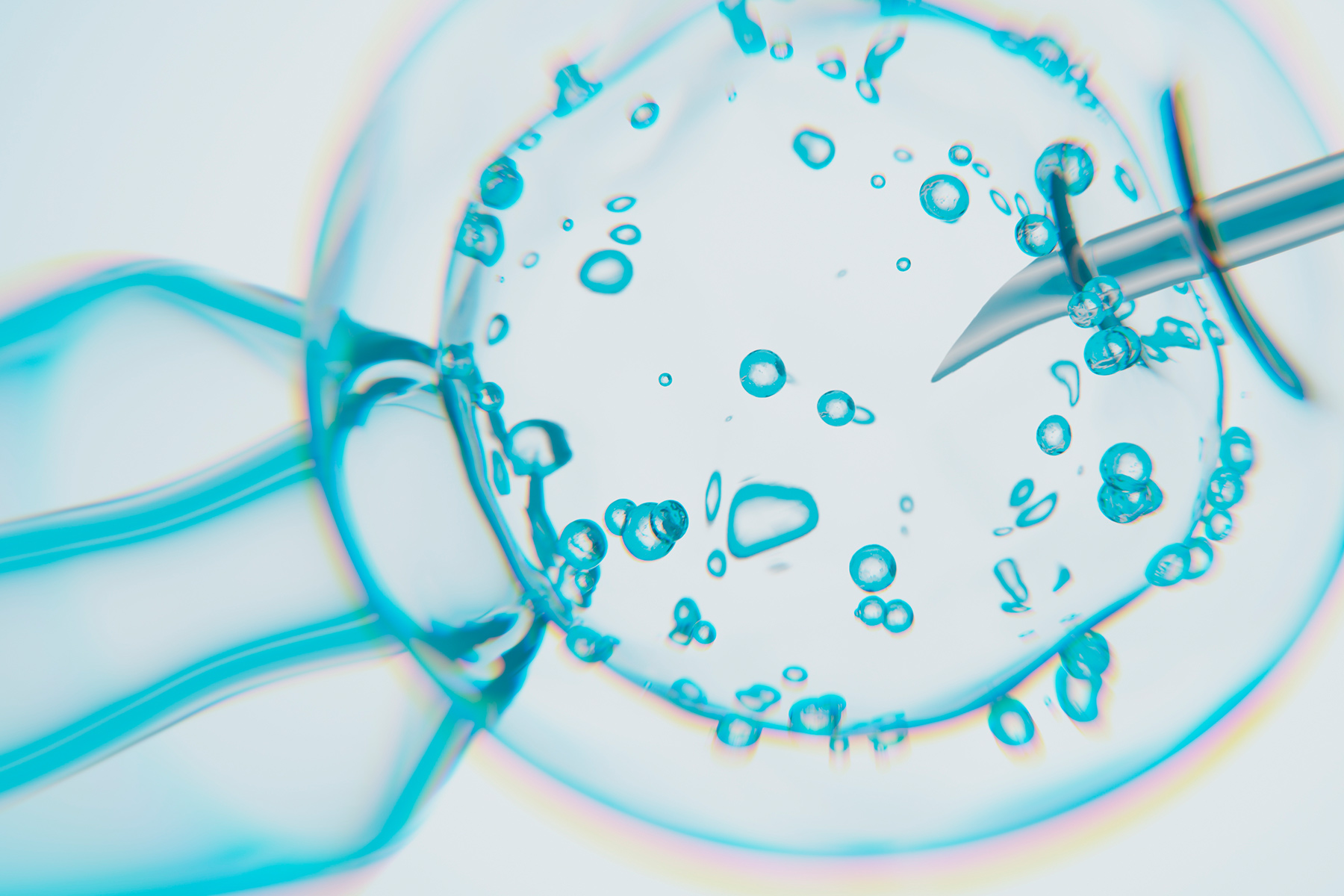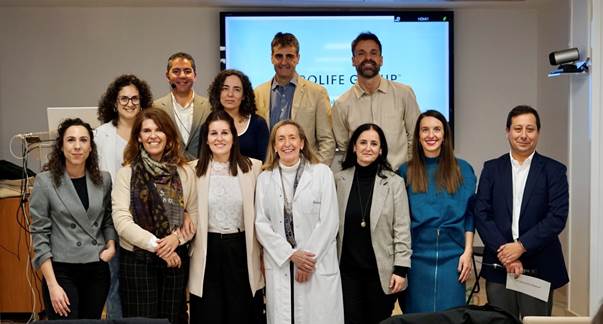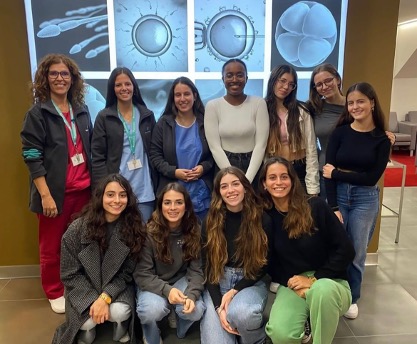
PGT using Laser
PGT using Laser
Reproductive medicine is continually advancing and assisted reproduction treatments have shown that the frequency of chromosomal abnormalities is high in human embryos, with 60% of abnormal embryos in women under 35 and 80% in women aged 41 and over.
Preimplantation Genetic Testing (PGT) is used to analyze embryonic DNA. It allows for the detection and prevention of genetic abnormalities, such as chromosomal disorders in embryos, before implantation, in order to transfer to the mother's womb those embryos that do not have any genetic or chromosomal alterations. In this way, we increase the chance of having a healthy child.
It is a type of very early prenatal diagnostic test which, using new assisted reproduction technologies such as IVF and ICSI, allows the genetic study of embryos before their transfer to the uterus and subsequent implantation.
To extract any cells from the embryo, it is necessary to artificially create a hole using a laser attached to a microscope. According to various studies and our experience, it has been found that assisted hatching does not affect the rate of chromosomal abnormalities in live births.
Nowadays we know that the laser makes it easier to biopsy the embryo for PGT, which is beneficial for blastocysts and improves the implantation rate.
At IERA Lisboa we use PGT as an embryo selection tool.
It is especially indicated when maternal age is advanced, although it can also be performed in cases of:
- Severe male factor
- Repeated implantation failures
- Repeated miscarriage
- Altered sperm FISH
- Previous child with a chromosomal alteration
- Couples with some kind of genetic alteration (PGT-M)
The main stages of this procedure are:
- Generating the embryos: this involves obtaining embryos through ICSI and assessing their development until they reach the blastocyst stage (day 5). For this, on certain occasions, more than one IVF-ICSI cycle will be necessary, as the likelihood of embryo transfer will depend on the response to ovarian stimulation, genetic diagnosis and the quality of embryo development.
- Genetic diagnosis: This is performed using an embryo biopsy at the blastocyst stage using an embryonic laser, the most sophisticated technology to date. The diagnosis allows us to determine whether the embryo is affected by the pathology being studied. Once biopsied, the embryos will be vitrified while awaiting the genetic result from a specialized external laboratory.
- Embryo transfer: Once the result of the genetic diagnosis of the embryos is known, the uterine preparation starts. The fundamental requirements are the administration of medication to obtain endometrial receptivity and to have vitrified embryos that are suitable according to the genetic diagnosis.
To increase the likelihood of couples realizing their desire to have a healthy child at IERA, PGT-A studies are often performed after a biopsy at the blastocyst stage.




